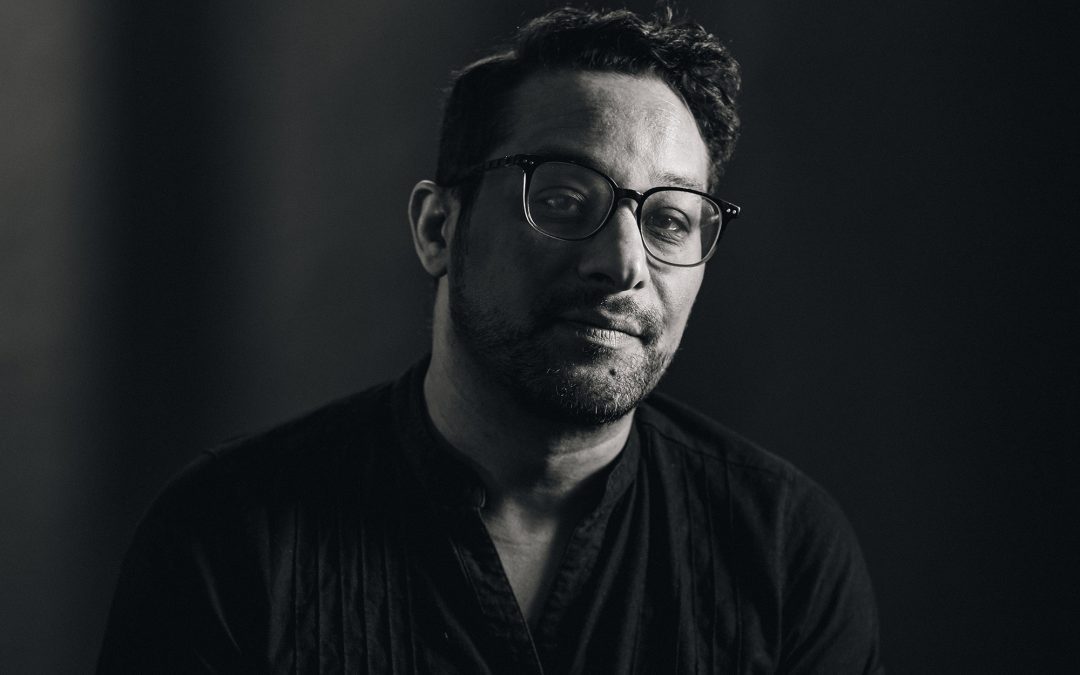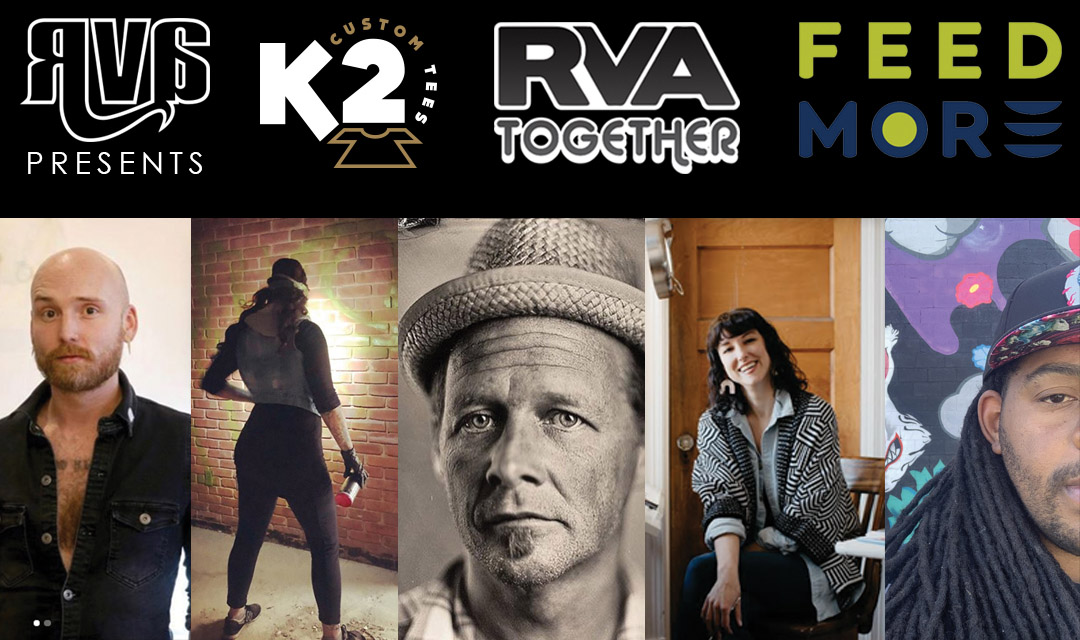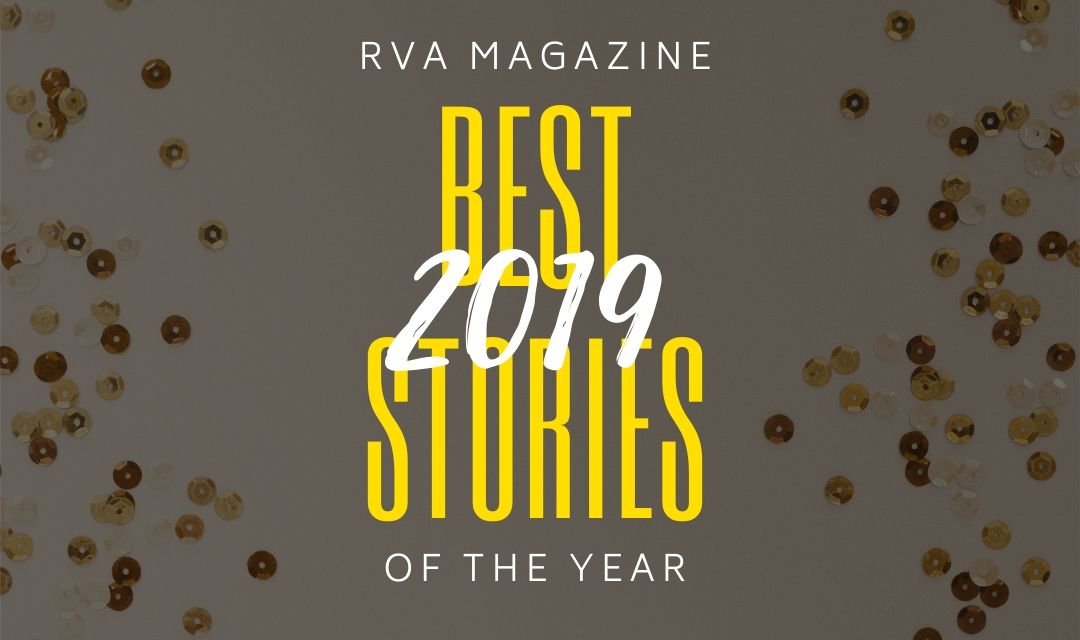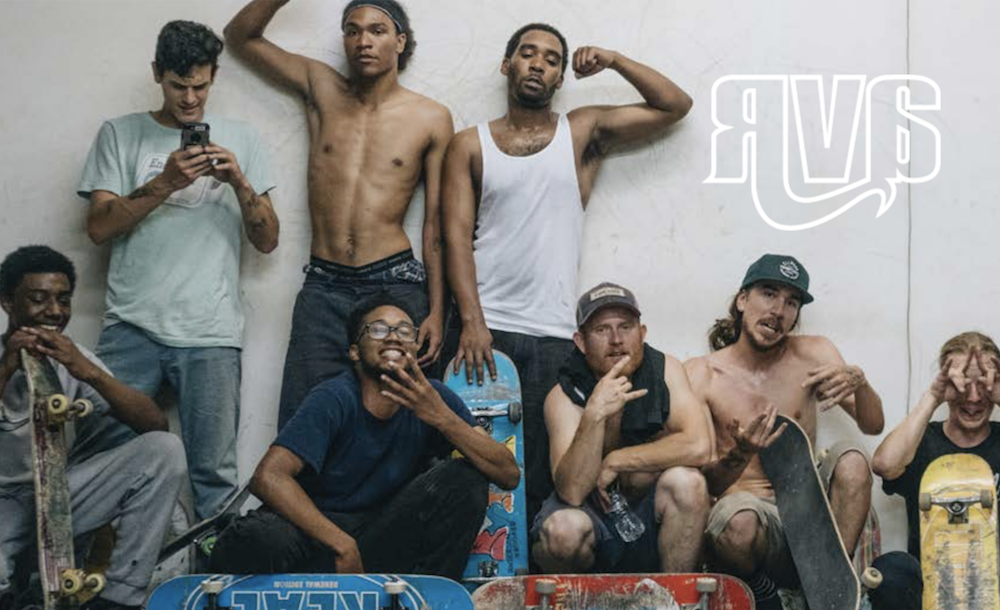I recently caught up with Christian Detres, part of the original crew of RVA Magazine and a good friend, who helped me understand what the magazine could be and how to get there. From his beginnings in publishing to his current role as a producer in the world of art...





